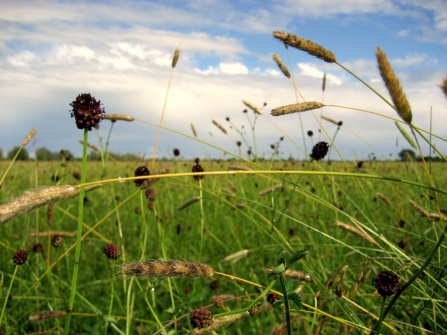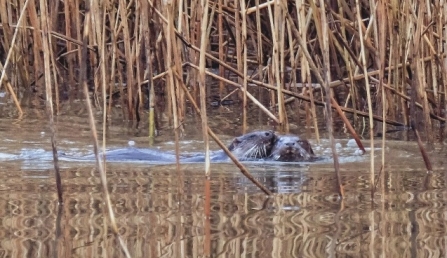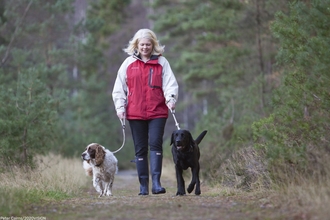There’s so many ways to enjoy Yorkshire’s wildlife this spring, as nature bursts into life all around us. From our streets to our nature reserves, here in Yorkshire we have a wealth of wild wonders and more daylight (and possibly warmer weather) means more opportunities to get outdoors.
The 15th-23rd May also marks Mental Health Awareness Week, an opportunity to increase public understanding of mental health and mental health issues including anxiety.
Dom Higgins, head of Health and education at The Wildlife Trusts said, “We feel happier when we are in places filled with wildlife. There is also abundant evidence that demonstrates the benefits to our physical and mental health of spending time in nature. People with nature and green spaces on their doorstep are more active, mentally resilient and have better all-round health.”










